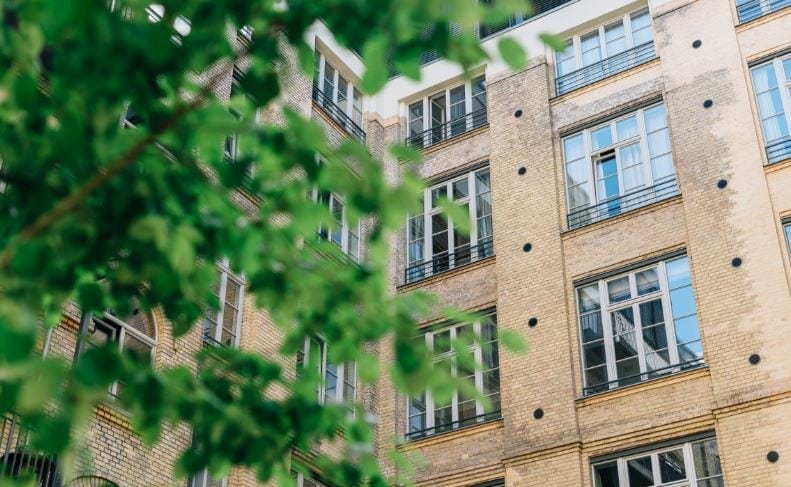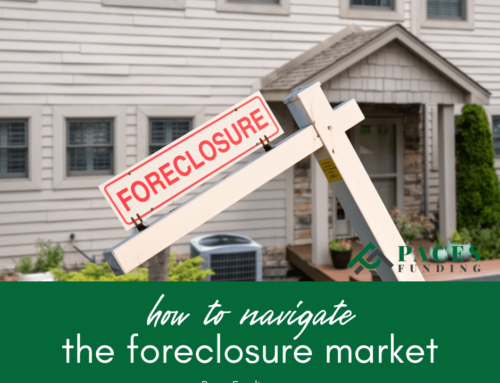
How A Cost Segregation Study Helps Real Estate Investors
A cost segregation study can identify and reclassify your property, with the benefit of shortening the property’s depreciation time. What happens when the property’s depreciation time is reduced, as you probably know, is that your current income tax obligations also reduce. Using this tool, the IRS allows to to speed up the depreciation on certain things such as carpet or cabinets, and even light fixtures and flooring in a building. That way, you can enjoy tax savings sooner!
So why doesn’t everyone do a cost segregation? Well, the cost of it is not cheap. So, only investors with significant property will benefit. It can be over $10,000. Also, the personal property to be depreciated must be attached to a real property. After all, the whole point is to segregate property that can be depreciated faster from from the real property. In all, an engineering report should separate the property into four categories: personal property, building components land improvements, and land.
Here’s more information on cost segregation straight from the IRS.
Are You Looking for a Hard Money Loan to Flip a House Or Buy A Rental Property?
Paces Funding is a hard money lender offering hard money loans to purchase and renovate non-owner occupied residential and commercial properties throughout the Atlanta, Nashville, Florida, or the North and South Carolina metropolitan areas. Our application process for hard money loans is easy. Just fill out this very simple online form and you will be contacted shortly. Unlike other lenders, the window between applying and funding is very small. We have funded properties in as a little as one day, but typically funding hard money loans takes about seven to ten days.
Call us at 404-814-1644 or contact us online to find out whether you might qualify for this type of funding. In the meantime, check to ensure that you meet our loan criteria. Our loan amounts can be up to 65 percent of the after-repaired value of the collateral—and if you use the loan for renovation or construction, the loan amount can be based on the collateral’s improved value.














